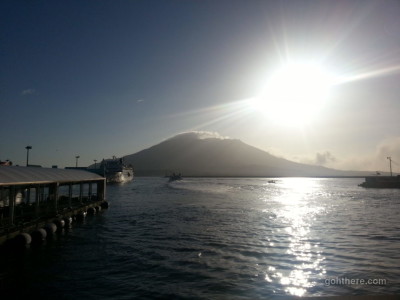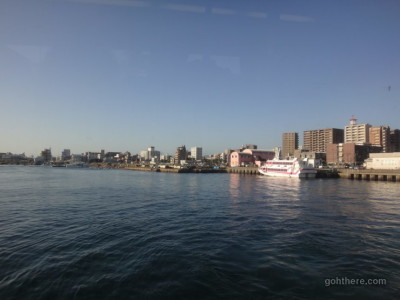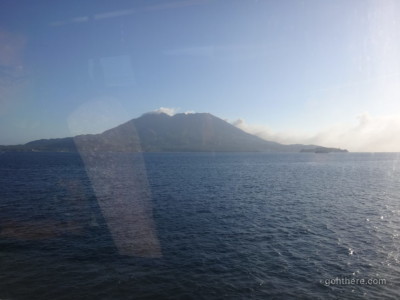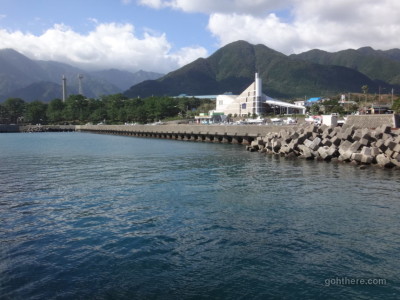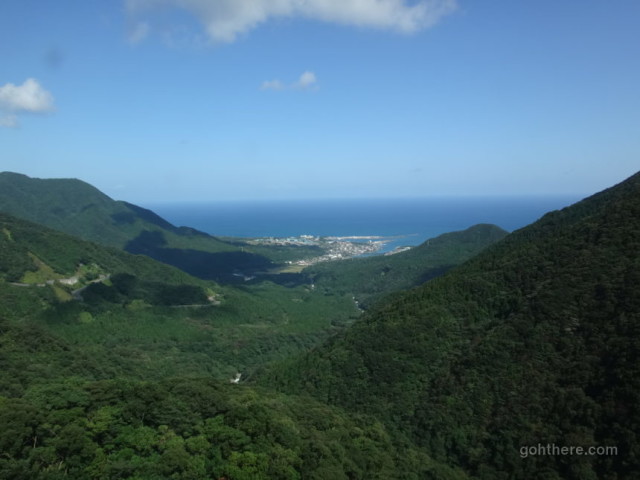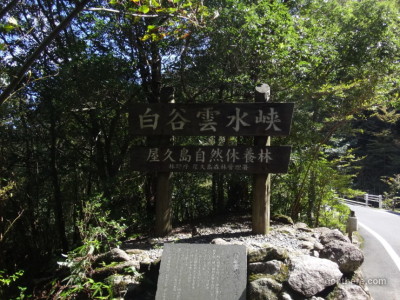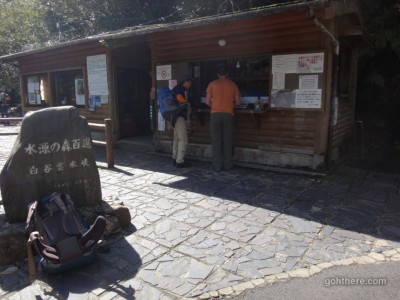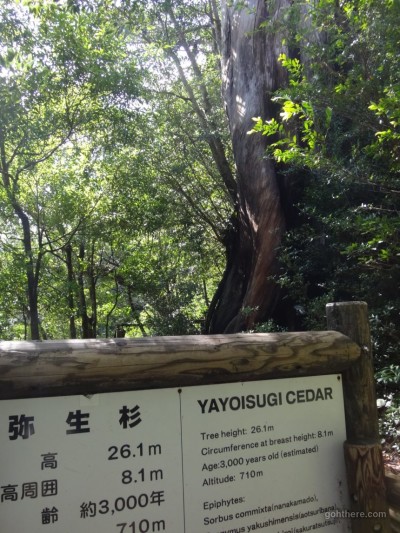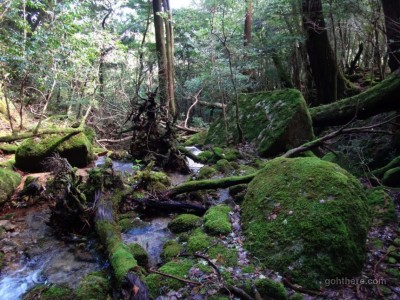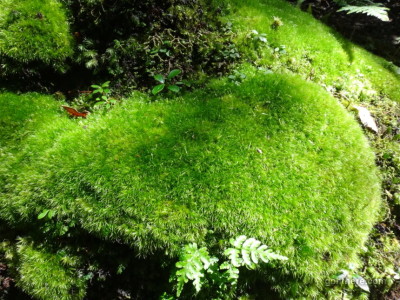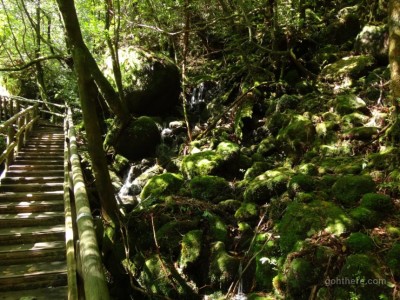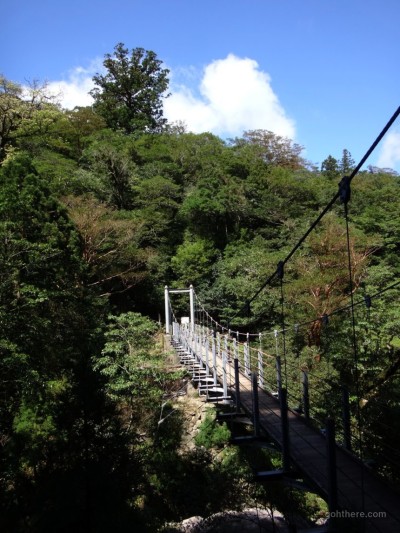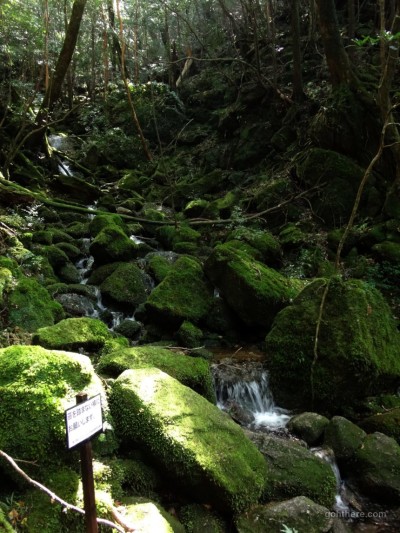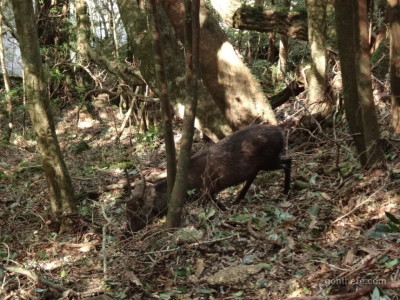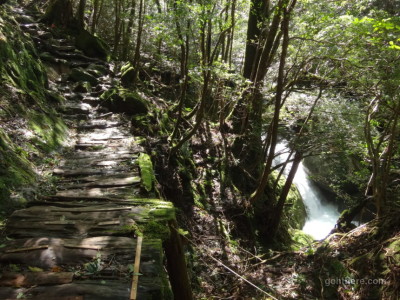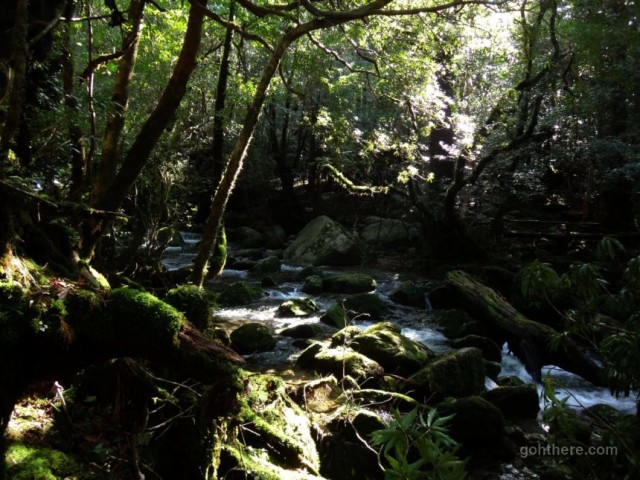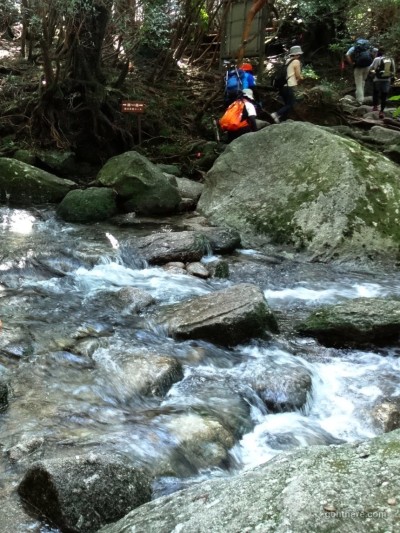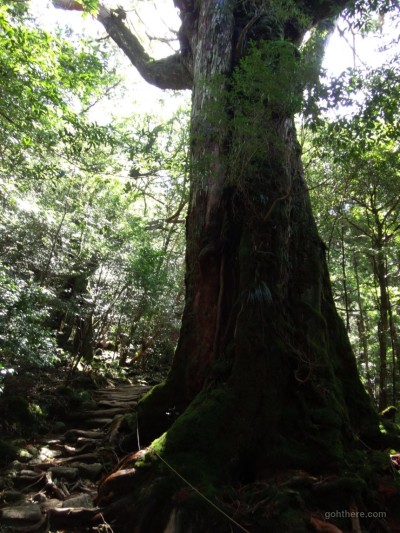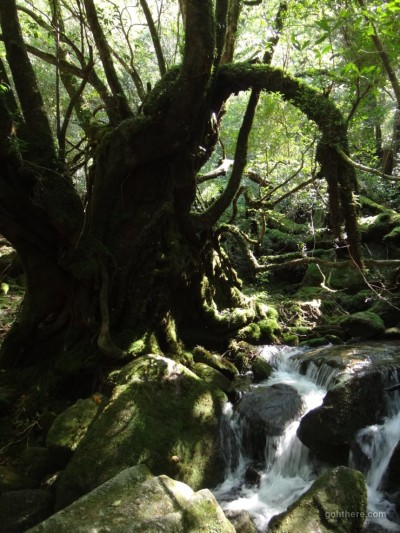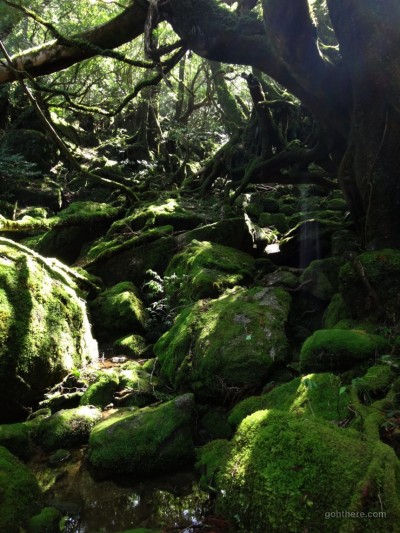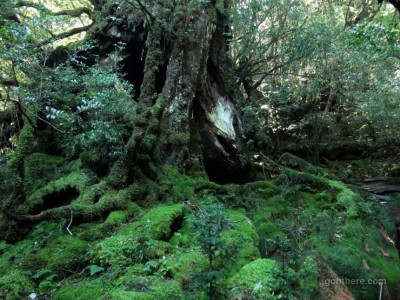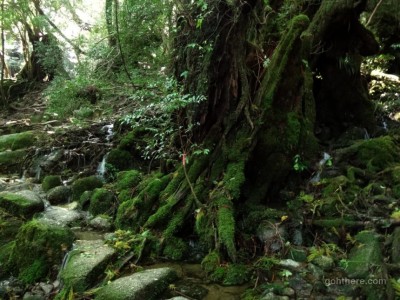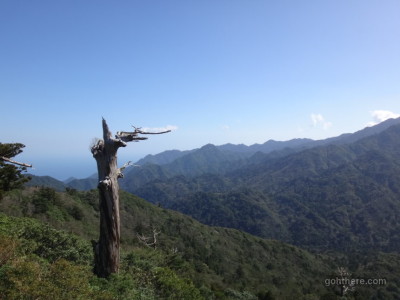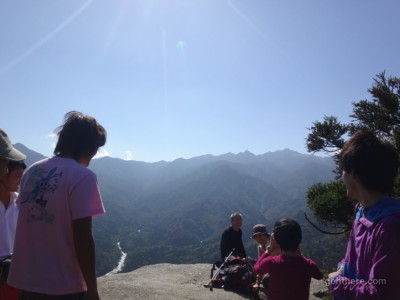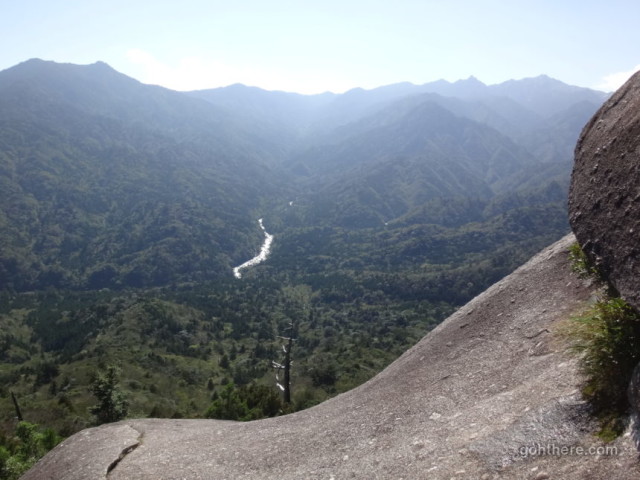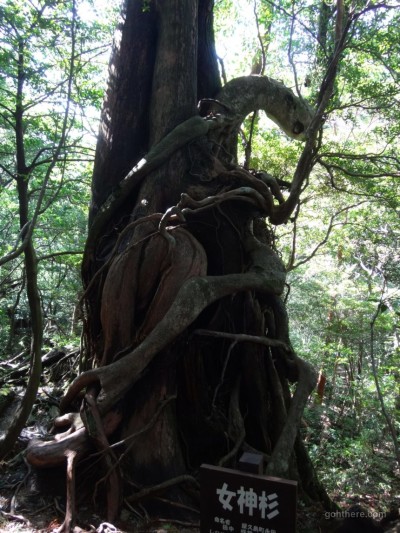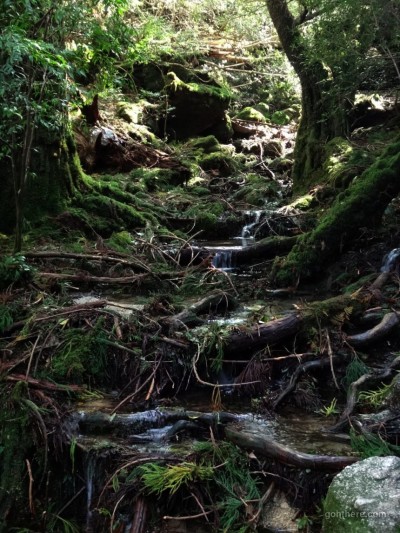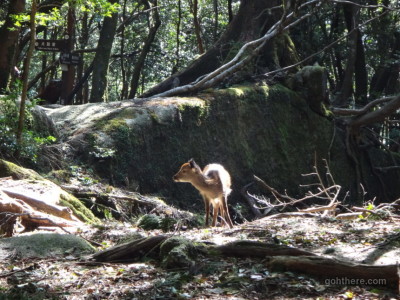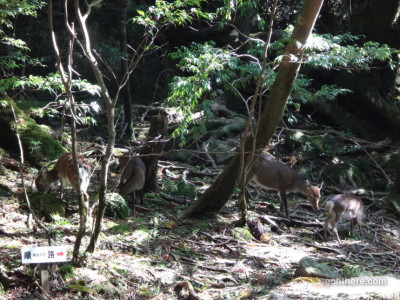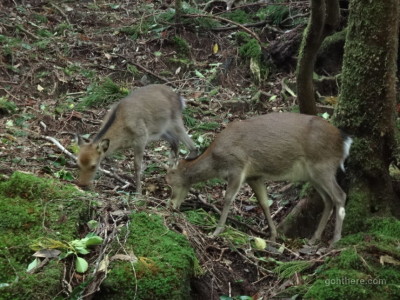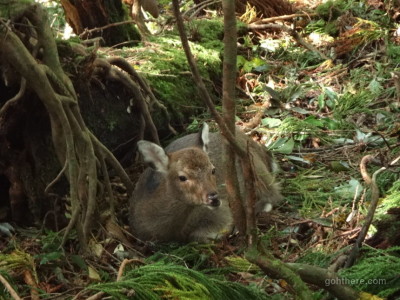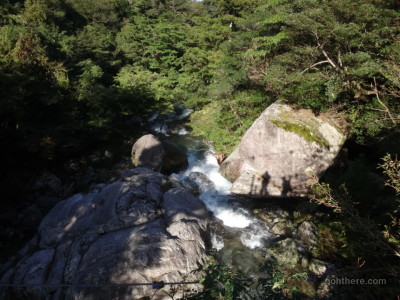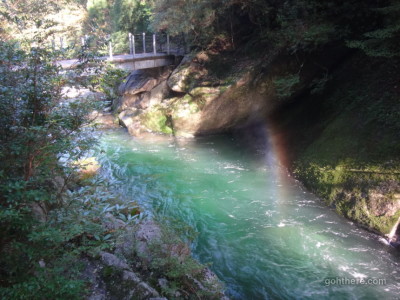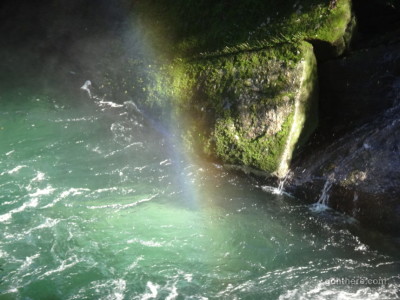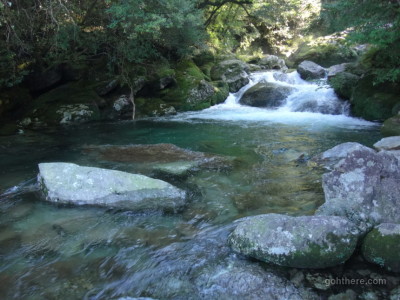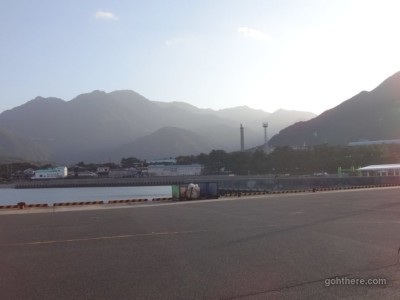World Heritage Site Yakushima. The typhoon disruption meant our original plan of having about 1.5 days there had been reduced by half. But thankfully, the hydrofoils between Kagoshima to Yakushima had resumed operation – and they are quite prone to cancellation when the sea is rough. We just had to squeeze whatever time we could have available.
Yakushima is treasured for its nature and ancient forest. Of particular fame is the Jomon Sugi (縄文杉), a Japanese Cedar tree which was once estimated to be over 7000 years old, though later measurement revised it to around 2700 years old, which is still the oldest in Japan. Seeing it is the main purpose of many visitors to Yakushima, but it can only be done with a full day of hiking (a return trip) starting very early in the morning.
This definitely takes a lot of time, and in any case such a hike was out of question for us, given our shortened schedule, which would see us arriving at 10 am, even with the earliest ferry departing from Kagoshima. Instead we had planned to hike the Shiratani Unsuikyo (白谷雲水峡), which takes less time. If seeing the Jomon Sugi is not a must, this is often recommended as a better hike.
- Dazzling sunshine the day after typhoon. We made early departure in the morning.
- Looking back at the pier
- On our way. Clouds clearing from the Sakurajima Volcano summit.
- Arrived at Yakushima after 2 hours. This is one of the two main ports, Miyanoura (宮之浦).
Buses cover all the major spots but they are very infrequent, and Yakushima is not a small island – driving around it would take over 2 hours. A rental car would be ideal if staying more than a day. For us we had to be very careful with the bus schedule or we’d get stranded!
- From Miyanoura port, the bus climbed to about 600m to reach the trail head of Shirataniunsuikyo. The road snaking up the hills is vaguely visible on the left.
Shiratani Unsuikyo (白谷雲水峡)
This trail is most commonly done as a 4-hour return course reaching the highest point Taikoiwa Rock (太鼓岩), at 1050m. The area it covers is actually outside the World Heritage designated area (the designation is not for the whole Yakushima island, but only part of it), but it is no less a great place to find the typical impression of Yakushima: deep forest, ancient cedars, flowing stream, and a carpet of green moss. It was particularly famous for being the inspiration of the forest setting in Miyazaki Hayao’s anime Mononoke Hime (もののけ姫), one of my favourites.
- You have the pay a small fee to enter.
- The oldest cedar tree on this trail, Yayoisugi (弥生杉), is not too far from the starting point. The signboard says 3000 years but some claimed just a few hundreds. In any case it did “look” very ancient.
- The famous moss-covered rocks.
- Wild deer spotted
- About half way there was a point where crossing the stream was necessary. This would be difficult if flow increases from rain, but it was manageable that day.
- On top of the Taikoiwa Rock.
- “Goddess Cedar”
- Water streaming down the trail made of tree roots.
- Coming across many deers on our way back.
- From top of the suspension bridge.
- Rainbow and clear water
There was just about enough time for us to finish this course and catch the last bus back to Miyanoura Port, and then make a change (and grab our left luggages from the coin lockers which would close at 5 pm!) for another bus ride to Anbo Port (安房). This was where our guesthouse was located.
- Back to Miyanoura Port.
- Yakushima is rural but it does have a Mos Burger!
